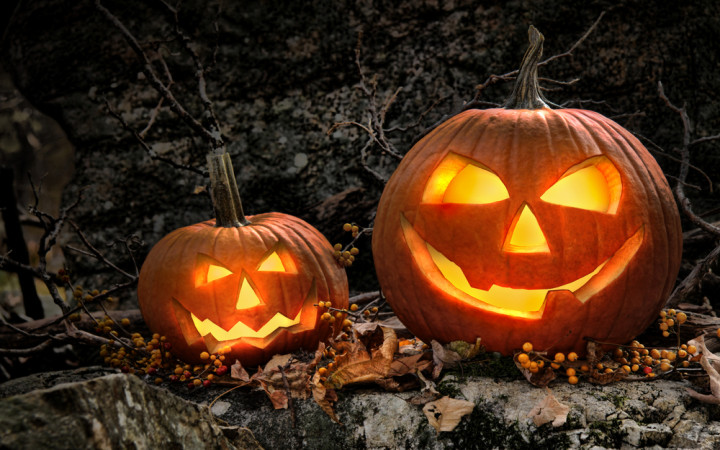As Halloween approaches each year, you will begin to see carved pumpkins — commonly called "jack-o'-lanterns" — sitting on front porches all across America. As it gets dark, you'll notice that many of them are lit from within by candles, giving them a spooky glow that lets you know Halloween is right around the corner.
Although millions of Americans carve pumpkins every autumn, not many know why or how this tradition got started. As it turns out, we can thank an Irish myth about a man named Jack.
As the old Irish legend goes, “Stingy Jack" was a miserable old man who enjoyed playing tricks on everyone, including the devil himself. One day, Stingy Jack tricked the devil into climbing up an apple tree.
He then placed crosses around the tree to prevent the devil from climbing down. Stingy Jack did not remove the crosses and let the devil down until the devil promised he would not take Stingy Jack's soul when he died.
Years later, Stingy Jack died. Since he had been so mean to people all his life, Saint Peter would not allow him to enter heaven. Stingy Jack visited the devil in hell, but the devil kept his word and would not take his soul.
Stingy Jack was scared to roam alone in the darkness between heaven and hell, so the devil gave him an ember from the flames of hell to help him light his way. Stingy Jack loved turnips and always carried one around with him in case he got hungry.
He hollowed out a turnip and placed the ember inside it, creating a lantern. From that point on, Jack roamed the Earth without a final resting place, lighting his way with his homemade lantern. He became known as “Jack of the Lantern" or “jack-o'-lantern" for short.
On Halloween, the Irish would hollow out turnips, rutabagas, gourds, and beets. They would put candles inside them to ward off evil spirits and keep Stingy Jack away.
When Irish immigrants came to America, they brought the tradition of jack-o'-lanterns with them, but they soon discovered that pumpkins were bigger and easier to carve.
Although the Irish legend of Stingy Jack is very popular, some people believe that the term jack-o'-lantern was first used to describe the strange, ghostly, flickering lights that are sometimes seen at night over bogs, swamps, and marshes.
These lights go by several other names, including "will-o'-the-wisp," ignis fatuus, "hinkypunk," "ghost-light," "fairy light," "hobby lantern," and "corpse candle." The faint, flickering lights inside of carved pumpkins resemble these strange marsh lights.
Curiously, some scientists believe these mysterious marsh lights are caused by small fires that erupt when organic material in bogs, swamps, and marshes decays, releasing methane and phosphine that spontaneously ignite when they come into contact with the oxygen in the air.
Other scientists believe these strange marsh lights may be explained by bioluminescent plants, such as honey fungus, or even the white feathers of barn owls that fly around in the night.




